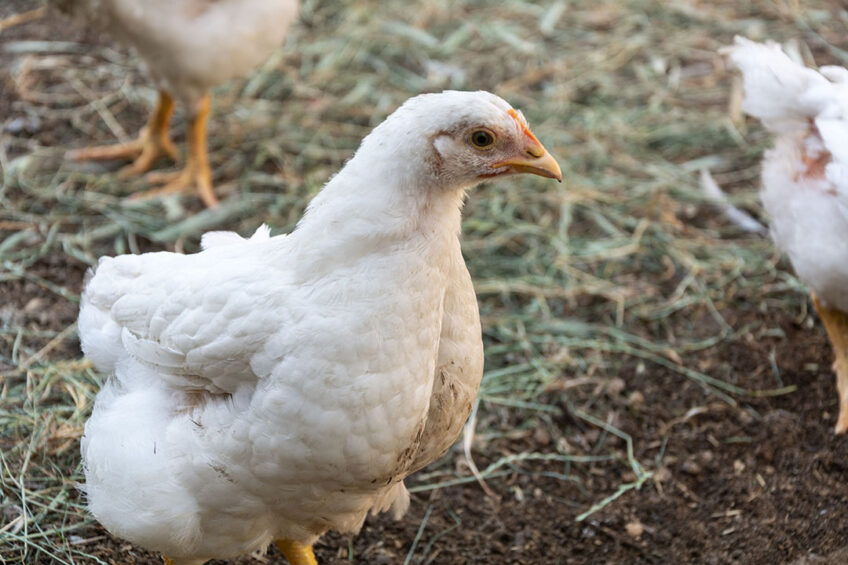Microbial diversity across poultry systems under the microscope

Scientists have found that the type of broiler production system significantly affects both the birds and their environment, with distinct microbial communities associated with different rearing systems.
Researchers from North Carolina State University in the US investigated the influence of broiler-rearing systems on the microbiome composition of commercial and backyard farms and their environment with a view of optimising animal growth, enhancing welfare and addressing human and environmental health issues.
The study involved collecting and analysing various samples from both systems, which found significant differences in microbial diversity measurements.
Microbial taxa
Backyard flocks exhibited higher alpha diversity measurements in soil and water samples, while commercial farms showed higher values for litter and feeder samples. The differences in microbial diversity were also reflected in the relative abundance of various microbial taxa. In backyard flocks, Proteobacteria levels increased over time, while Firmicultes levels decreased. Campilobacterota, including the major poultry foodborne pathogen Campylobacter, increased over time in commercial farm environments.
Bacteroides associated with improved growth performance in chickens were more abundant in backyard farms. However, pathogenic Acinetobacter was much higher in backyard chicken faecal and feeder swab samples. The presence of Brevibacterium and Brachybacterium, associated with low-performing broiler flocks, was much higher in commercial broiler samples.
Farm management practices and environmental conditions
Researchers, led by Muhammed Shafeekh Muyyarikkandy, said the observed differences in microbial composition and diversity suggested that farm management practices and environmental conditions significantly affect poultry health and welfare and have potential implications for human and environmental health.
Understanding these relationships can inform targeted interventions to optimise poultry production, improve animal welfare and mitigate foodborne pathogens and antimicrobial resistance risks, they said, adding that it was a critical aspect of the One Health concept.
By understanding the key microbial players and their fluctuations in commercial and backyard flocks, the research offers a foundation for developing targeted strategies to optimise bird health and welfare.
*The study ‘Uncovering changes in microbiome profiles across commercial and backyard poultry farming systems’ is reported on PubMed












